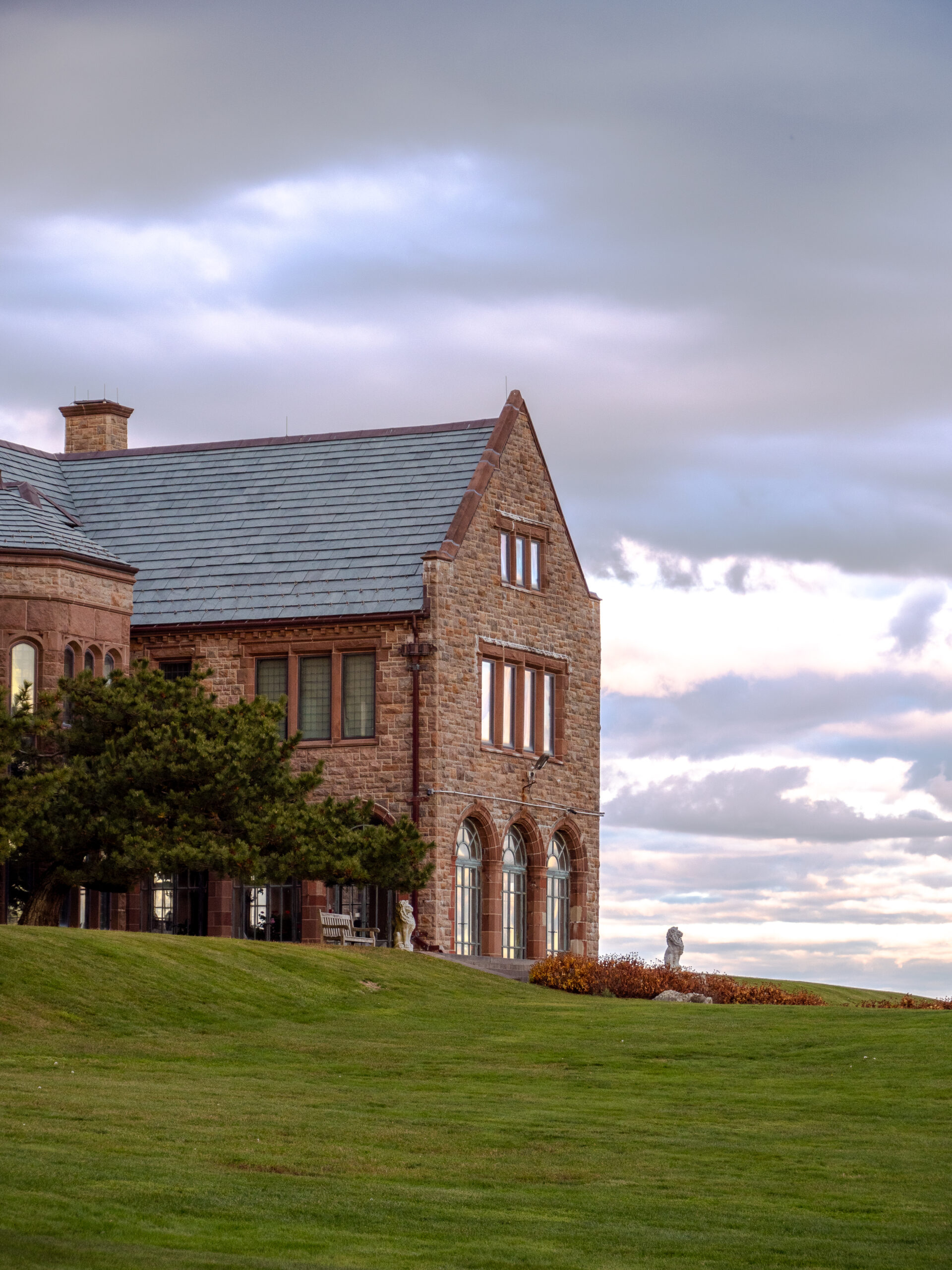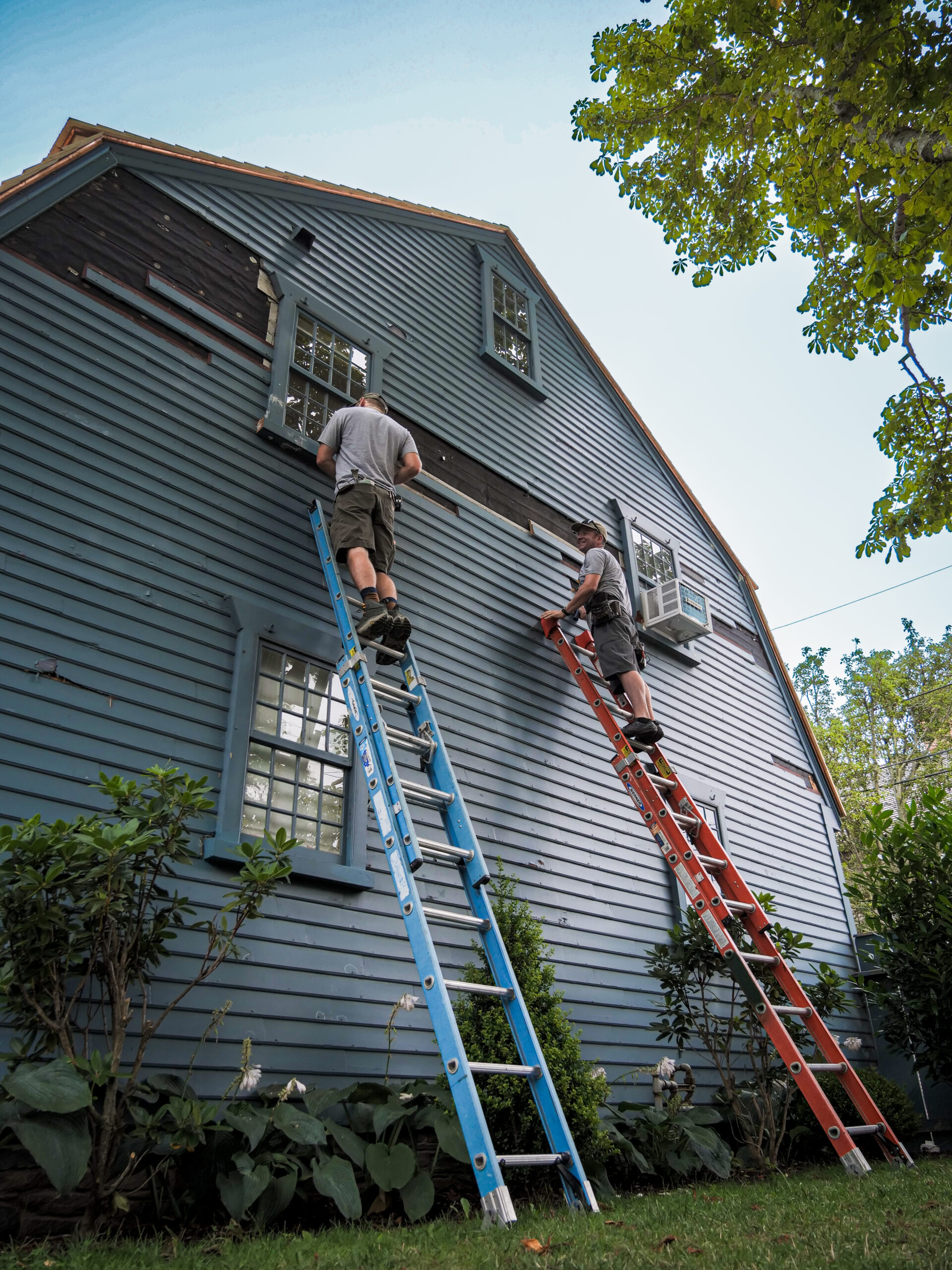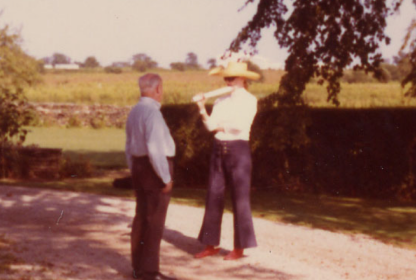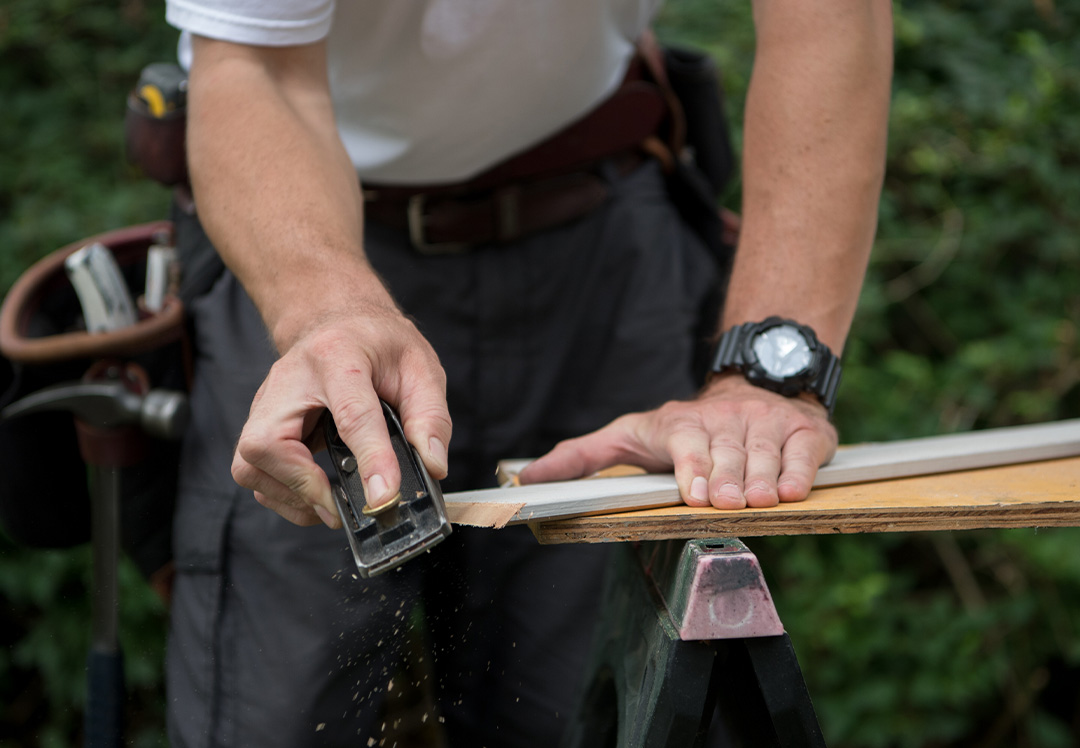About
NRF
Mission

Vision

The Newport Restoration Foundation is a non-profit organization established by philanthropist Doris Duke in 1968 to preserve the architectural and cultural heritage of Newport. NRF promotes economic and community restoration through historic preservation initiatives like Keeping History Above Water, which addresses the impact of sea-level rise on cultural heritage in the wake of climate change, and the Historic Trades Initiative, which trains the next generation of preservation tradespeople. In addition to a collection of more than 70 colonial houses, now rented to tenant stewards, NRF operates properties that are open to the public — including Rough Point, the Newport home of Doris Duke, and The Vernon House, a site of expansive storytelling, contemporary dialogue, and preservation trades skill-building.

People
Meet NRF staff and founder Doris Duke, one of the most philanthropic individuals of her time.

News
Just as Newport has transformed over the past few decades, so has NRF.

Job Opportunities
Find out more about joining the NRF team.

